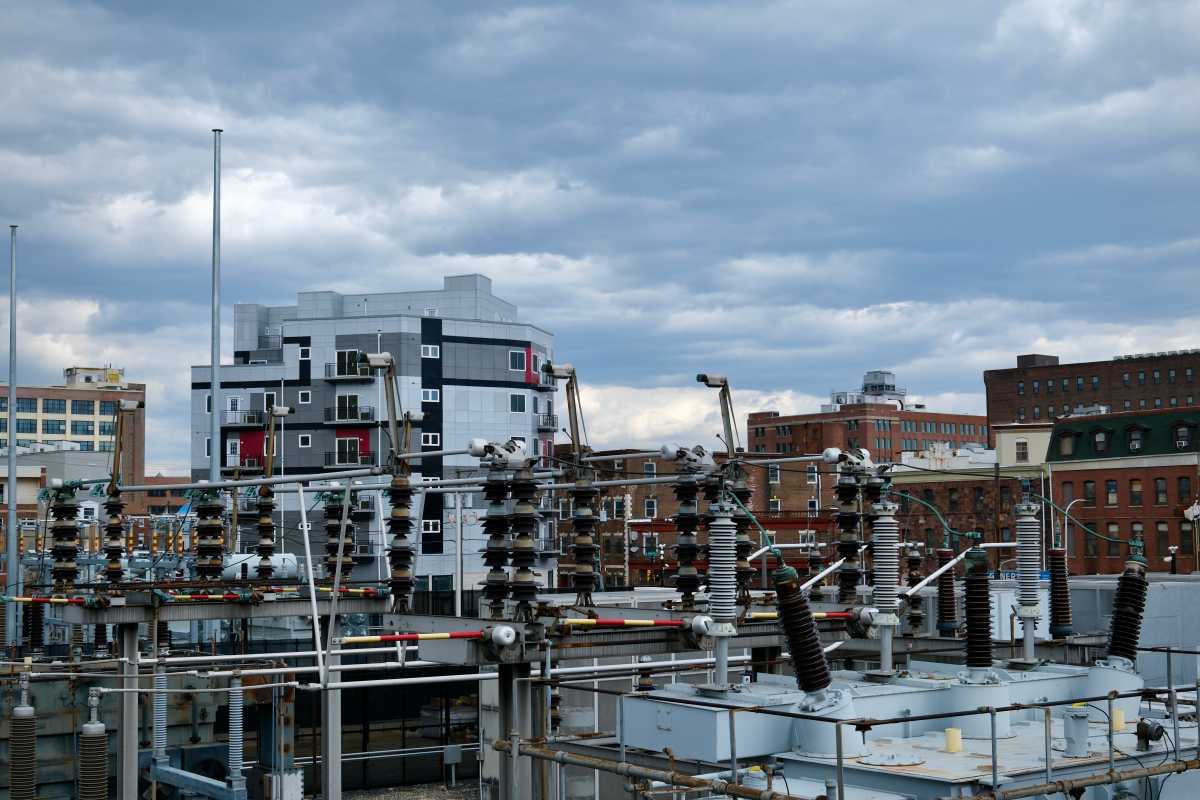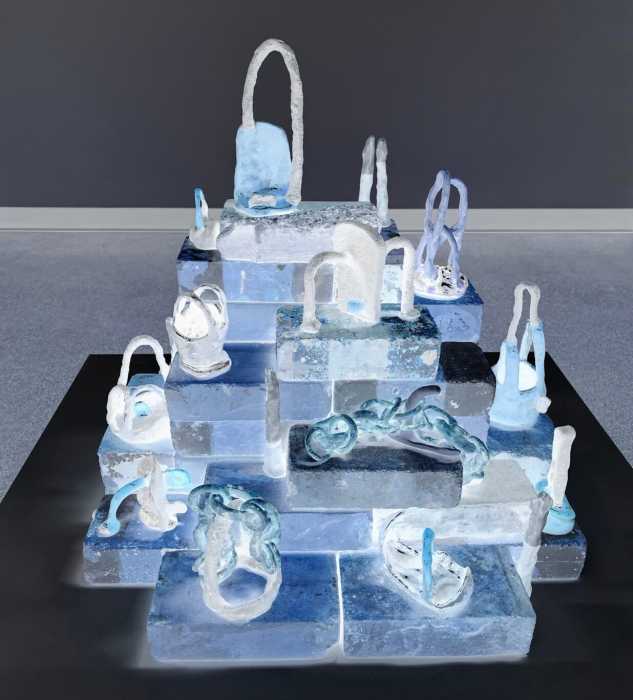Consumers have a new reason to check their bank accounts for fraudulent charges. On Wednesday, FICO reported the number of debit cards compromised at ATMs and merchant devices in this country rose 70% in 2016 over the previous year. And compromised cards can lead to money being drained from your account.
The number of hacked ATMs and merchant card readers also rose, by 30%, over 2015, according to the analytics and credit scoring company. Criminals often attach skimming devices to such machines to read card numbers, says Michael Betron, senior director of product management at FICO. Then the fraudsters attempt to make illegal copies of the cards.
In 2015, the agency recorded a 546% year-over-year leap in the number of hacked ATMs, particularly nonbank ATMs like those found at some convenience stores. The San Jose, California, company analyzes card transactions in the United States and releases its fraud report each year.
Card companies have taken steps to reduce fraud, including issuing cards with EMV chip technology. The chips use Europay, MasterCard and Visa technology standards to create a unique code for each transaction, making the card practically impossible to copy.
But not every merchant has a card reader that can take advantage of the EMV chip. Some ATMs, gas pumps and many restaurants still use the magnetic stripe for purchases, Betron says. In fact, 60% of the compromised ATMs weren’t located in banks but in locations such as convenience stores and retailers.
Reasons for the increase in hacked machines and compromised debit cards are unclear, but some industry observers have theorized that the rise of EMV technology has caused hackers to focus more attention on vulnerable card readers such as some ATMs and gas pumps.
How to guard against hackers
Here are ways you can protect yourself:
Check the location. When using an ATM, select one that gets a lot of foot traffic or is in a brightly lighted area. Follow the same rule for debit card purchases. If you fill up your car, know that the pumps farthest from the store entrance may be more attractive to criminals.
Check the card reader. Be on the lookout for anything odd about your ATM or point-of-sale machine. If your card doesn’t enter an ATM smoothly, for example, a fraudster could have a skimmer attached to the opening. “You may want to look somewhere else to get cash,” Betron says.
Check your account. Review your checking account regularly for unauthorized transactions. If your card is compromised, you’ll have to act fast to avoid losing money. If you report a loss within two days, the most you could lose is $50, according to federal law. But you risk losing up to $500 from your account if you wait up to 60 days — or the entire amount in your account if you wait longer.
Check with your bank. Ask your bank for a new card if you believe your card has been compromised, even if there’s not yet evidence of fraud. That way, your financial institution can take steps to secure the machine, Betron says. “You can help the bank protect you and their other customers, too.”
ATM fraud is an increasing problem. By taking steps to protect yourself, you can keep your card number and your money out of a criminal’s hands.
Margarette Burnette is a staff writer at NerdWallet, a personal finance website. Email: mburnette@nerdwallet.com. Twitter: @margarette.
The article Better Check Your Balance: Crooks Targeting ATMs originally appeared on NerdWallet.
























